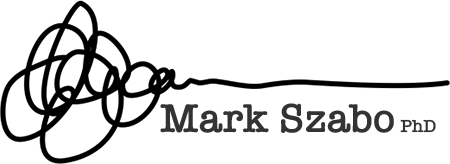In this week's New Yorker, business columnist James Surowiecki describes the "sunk cost effect" as the tendency of executives to stay the course on failing initiatives because of the otherwise laudable approach that it's better to see something through than be seen to quit or admit a mistake. Especially when serious money has been spent to get to its current state.
From my perspective, this is the single most significant barrier to innovation.
We know innovation requires a recursive, iterative prototyping process that nimbly identifies and adjusts to market signals. In a world where the sunk cost effect reigns it is virtually impossible for business people to say to themselves or their peers, "That wasn't quite right, so let's try something a bit different."
This is not a failure of human pride, vanity or ego. It's a failure of leadership.
When leaders signal their organizations that failure will not be tolerated they are actually saying that they are incapable of organizationally adapting to signals from their environment. When Darwin spoke of the survival of the fittest he wasn't referring to the "strongest," he was referring to the entity which best adapted to and thrived in its surroundings.
Innovation is not always the appropriate strategy. But when it is, leadership must signal that the organization's expectation is that people will fail repeatedly and on an accelerated timeline. In other words, "Let's fail faster and more often, and do it before we put out anything we can't take back."
This demands a corporate culture that is the polar opposite to the sunk cost effect.

